When planning a holiday to non-urban parts of France, it can feel like a prerequisite to have access to a vehicle, particularly if you are looking to visit rural locations.
However, France has a vast network of high-speed and regional trains, as well as buses, that can help you get around the country without relying on a plane or car.
Here are six places to visit this summer in France where you can leave your driver’s licence at home.
The Alps
While visiting the Alps might seem like an activity better reserved for the winter ski season, the summer can be just as enjoyable. The mountains are equally breathtaking, and as ski resorts prepare for a future of warmer temperatures and melting snow, many have begun investing in their summer programmes.
If you visit the Valmorel resort, for instance, you can do anything from relaxing in the spa and swimming in the nearby lakes with sandy beaches and pools to paragliding, hiking, and mountain biking – or take your kids to enjoy a treetop climbing adventure or a zip line.
Once you’re in France, the best way to get to the Alps is by train – usually a high speed TGV to either Lyon or Bellegarde and then a local TER service to the resort.
For example, if you wanted to visit the Valmorel resort in the summer – you can take the TGV from Paris Gare de Lyon then get a local connection to Moutiers Salins Brides L Bains. The journey is about four and a half hours long. Once you arrive, just hop on the navette (shuttle bus) from the station that will take you directly to the resort. You can find more information HERE.
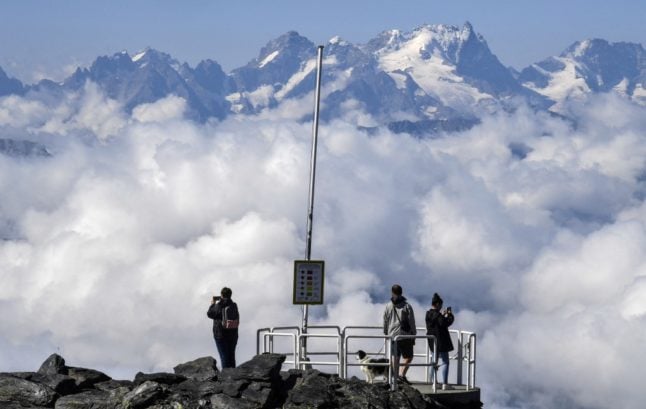
One France-based journalist took this trip recently, and recommended instead taking the night train to Briançon, right in the heart of the Alps.
Upon arrival in or near a ski resort, navettes are often available throughout the day to take you to neighbouring villages. Typically, you can download the bus schedule on the resort’s website. Keep in mind that it may be modified for the summer season. Once there, you can also hire bikes to get around.
If you are looking to enjoy nature in France without relying on a car, heading to the Alps can be a great alternative, and a way to escape the heat.
Finally, for those looking to stay closer to civilisation while enjoying the mountains, the town of Annecy – with its adjoining lake with crystal clear waters – is another great option for car-free people, with another direct train from Paris.
Brittany islands
Another car-free option for visiting France would be visit the islands off the coast of Brittany. There are several to choose from, but the benefit is that many of the smaller ones are intended to be car-free, with plenty of walking and cycling paths.
Take Île d’Arz in the Morbihan for instance. Home to charming stone houses and sandy beaches, the island is easily traversable on foot or by bike.
To get there, you can take the train to Vannes, which is on the TGV network. Once in you arrive at the train station, you can take a 15-minute bus ride to the port.
READ MORE: Ten of the best day trips out of Paris
For small islands like Île d’Arz, you may not be able to reserve a ferry ticket in advance. You will want to arrive early to be able get on one of the first ferries of the day, and keep in mind that typically services stop running in the late-afternoon or early evening. If you want to play it safe, you might consider spending one night in Vannes (which is home to medieval gates, cobblestone streets, and plenty of delicious seafood and crêpes).
The ferry journey is about a 30 minutes long – once on the island, you can find a small collection of bars, restaurants and stores.
If you are looking for a larger, while simultaneously walkable island, you might consider Île de Groix of the Belle-Île-en-Mer. Keep in mind that for these islands you might need to book your ferry journey in advance. You can reserve tickets HERE. The benefit to these options are that you will be more likely to find a grocery store on the island if you are planning to stay.

Wine country day trips from Bordeaux by train
If you are looking to visit the wine country around Bordeaux, you might be looking to avoid driving for reasons unrelated to carbon emissions. The city itself is just a little over two hours from Paris with an SNCF high-speed TGV train.
If you are planning to spend time in Bordeaux, you might consider the direct TER line from Bordeaux to Sarlat which passes through several towns, including the village of Saint-Émilion, in the wine country.
One car-free option might be to stick with this one TER line (assuming you are visiting during a non-strike period), booking lodging in the towns along the way.
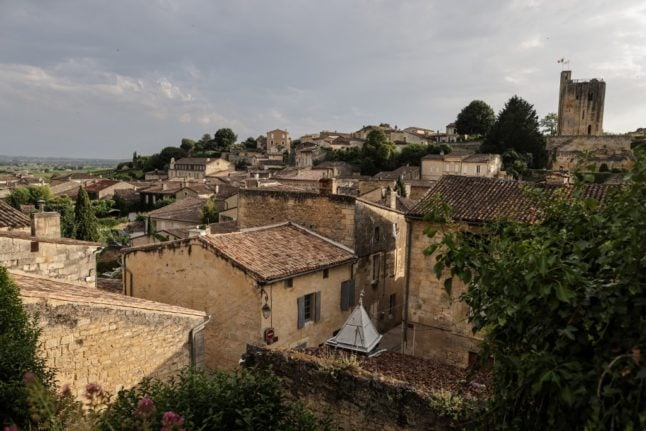
If you want to visit the vineyards you may need to book a taxi or minibus to get there – although some vineyards offer pickup and drop-off services as part of their tour packages.
If you are planning a wine holiday, you might consider using the website “Rue des Vignerons” to start your planning and booking process. It is available in English, and it gives you access to an interactive map with plenty of options in any wine producing region of your choice.
For those looking for a more active holiday, the region around Bordeaux can also be great for cycling – whether you are headed into wine country, particularly near or along the Garonne, or toward the sea. If you want a more guided option, consider booking a cycling tour that will take you through the vineyards just outside the city.
Aix-en-Provence
Located in the south of France, Aix-en-Provence is colourful, quaint and easily accessible from the French capital. The train station for TGV services is just outside the town, but there is a consistent bus service running from the train station into Aix-en-Provence.
Whether you want to spend a few days enjoying the birthplace of painter Paul Cézanne, walking in his footsteps across the city, or if you are seeking a jumping point from which to see other parts of southern France, Aix-en-Provence has plenty to offer.
The city itself is small and walkable, so there is no need for a vehicle. Once you have arrived, you might consider planning a few day trips – Avignon, for example, is not far from Aix-en-Provence.
You can visit the Palais des Papes (Popes’ Palace) in the city centre and walk along the medieval stone ramparts that surround it. Depending on when you visit, Avignon is also known for its annual arts festival, which typically takes place during the month of July. It is the oldest existent festival in France.
READ MORE: What to know when visiting France’s lavender fields this summer
From Aix-en-Provence, you can also try to access the lavender fields without a car. While this might be a little more time consuming using public transportation, the end result will be worthwhile.

The train from Aix-en-Provence to Manosque is direct and takes about 45 minutes. A short bus ride from Manosque to Valensole will take you to the heart of the lavender fields. There are also plenty of guided bus tours to the lavender fields that start in Aix-en-Provence as well, if this is more your preference.
Montpellier: Beaches, hiking and wine country
Not far from the Mediterranean sea, the city of Montpellier has plenty to offer in its own right, from winding old town streets to easy access by bus to the beach, and it is directly accessible by train from Paris.
The city website for Montpellier has plenty of English guides for getting around without a car. One example is visiting the Pic Saint-Loup area, known for great hiking paths, vineyards and panoramic views of the Cevennes. You can find a list of hiking options for the area HERE.
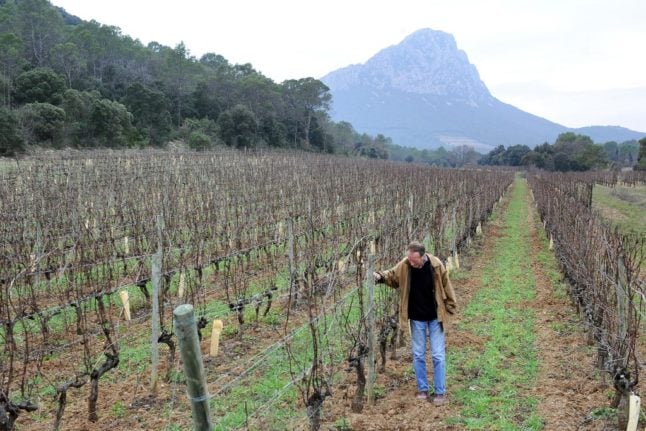
The city’s tourism website has several options for ‘green tourism’ – to get to the Pic Saint-Loup area it recommends that you: “Take the blue tram line 1 in Montpellier and get off at the Occitanie stop, at the tram car park take bus 615, from Montpellier > Quissac and get off at the first stop ‘Avenue de Montpellier’, in Saint-Mathieu.”
Otherwise, you can find more Green Tourism on the city’s website.
Perpignan and the French Pyrenees
If you are looking to avoid cars and planes while visiting France, consider this Mediterranean city. With its orange-coloured buildings, Perpignan feels very distinct in its culture and architecture, being so close to neighbouring Spain.
One eco-friendly activity near to Perpignan is a ride on the train jaune. A true emblem of the south west, the yellow train travels the heights of the Pyrénées-Orientales through forests, chasms, gorges, viaducts, past old fortresses and a precariously perched monastery on a 63k m picture-postcard journey between Villefranche-de-Conflent and Latour-de-Carol, nearly 1,600m above sea level.
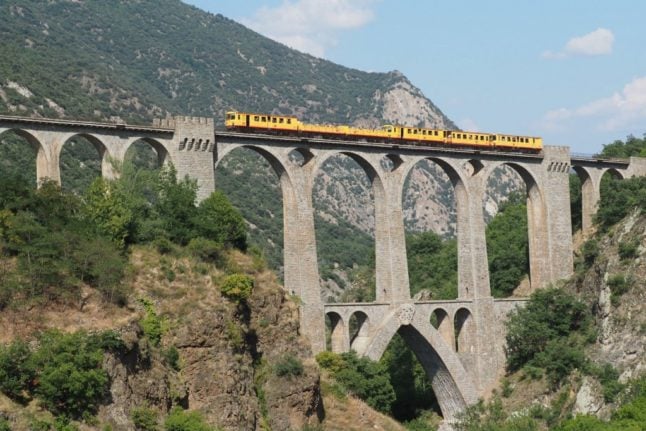
You can get there by taking the TER (regional train) directly from Perpignan to Villefranche-Vernet-les-bains.
The train also takes you through a stop at Nyer, a regional nature reserve known for its views and wildlife.

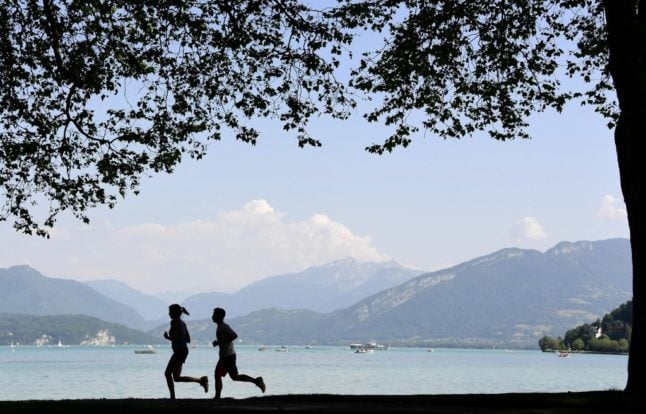
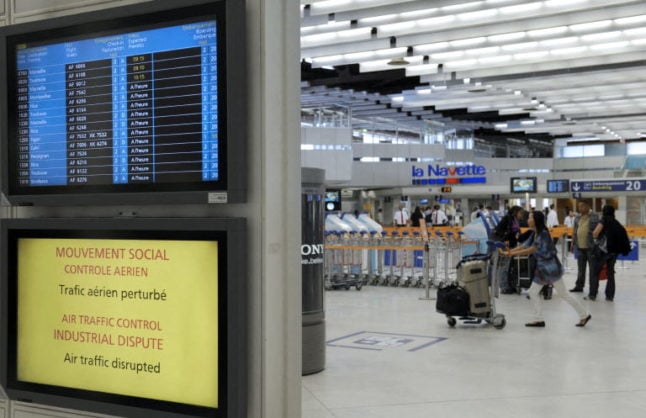
 Please whitelist us to continue reading.
Please whitelist us to continue reading.
Member comments